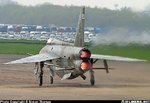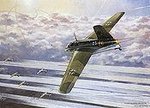Dragonsinger
Airman
Hi Guys
Are there any details on the life expectancy of the German Gas Turbines? The BMW for example. And what about the ground equipment used to start them?
Are there any details on the life expectancy of the German Gas Turbines? The BMW for example. And what about the ground equipment used to start them?


